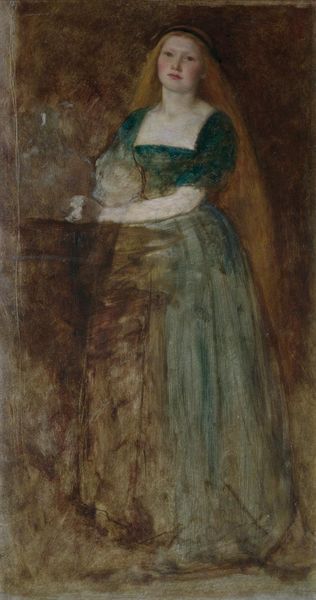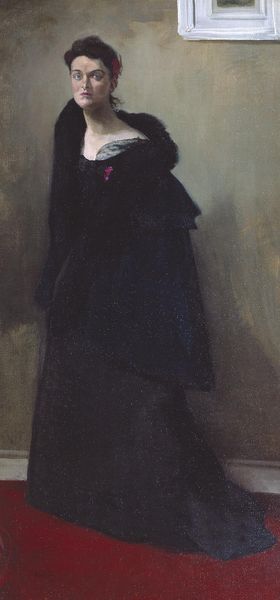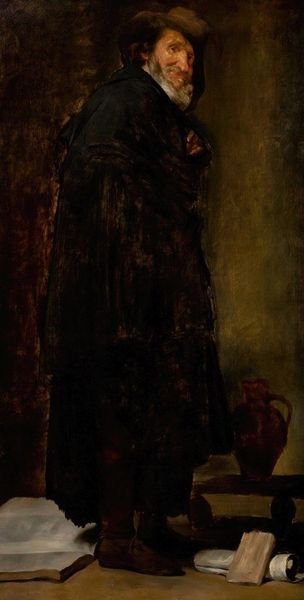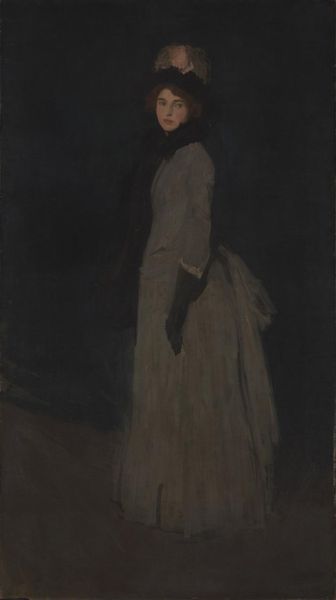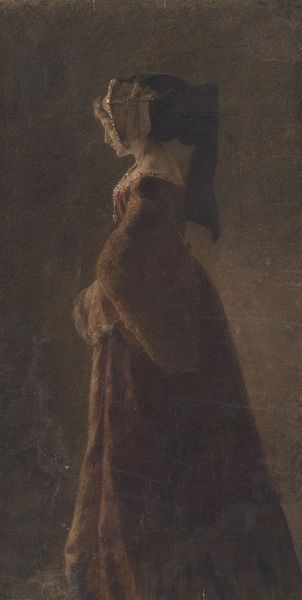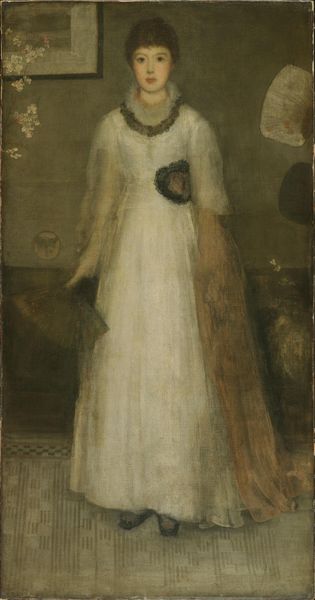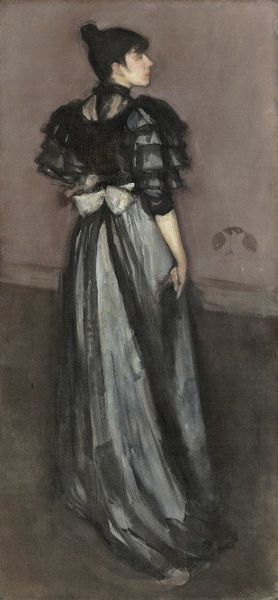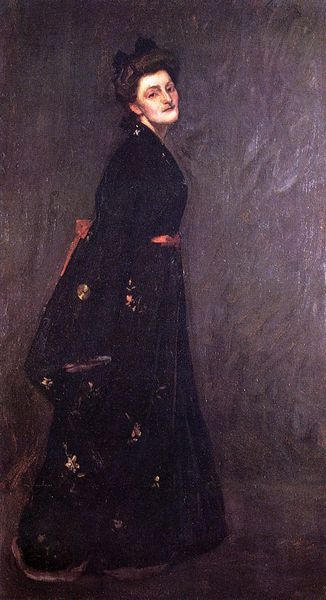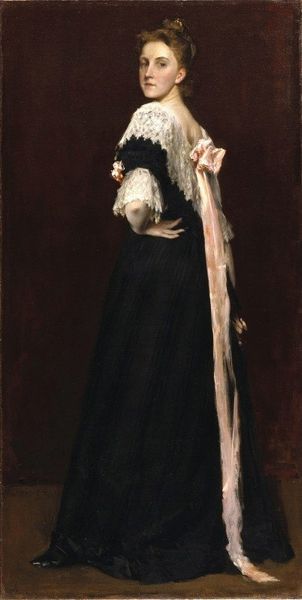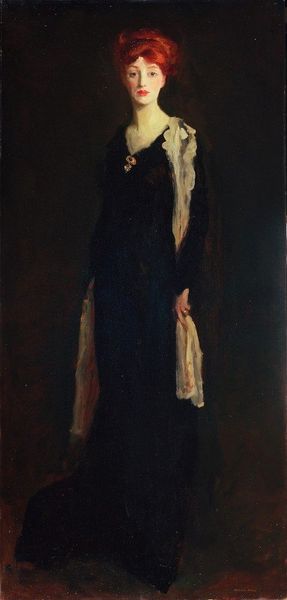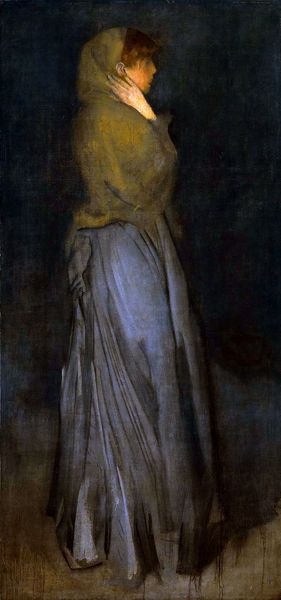
drawing, paper, ink, charcoal
#
portrait
#
drawing
#
charcoal drawing
#
paper
#
ink
#
coloured pencil
#
romanticism
#
portrait drawing
#
watercolour illustration
#
charcoal
#
watercolor
Copyright: Public Domain: Artvee
Curator: Edwin Austin Abbey created this work, “Study. Man in blue cloak, moonlight”, with watercolor, charcoal, ink and colored pencil on paper. What's your immediate reaction? Editor: Somber. Melancholic even. The limited palette contributes, of course, but it's primarily in the subject's downturned gaze and the shadowed face. Notice how little light there is – just enough to define the form. Curator: It certainly evokes that feeling. Abbey was an American artist, gaining prominence illustrating Shakespeare and other literary classics. He straddled the late 19th and early 20th centuries, a time of enormous social change, when many yearned for idealized portrayals of history and legend. This artwork speaks to a particular romanticized mood. Editor: Yes, Romanticism breathes through this piece. Observe how Abbey renders the texture of the cloak; the velvety depth created with what seems like minimal layering. The light seems almost to emanate from the figure. Is that the moon behind him or symbolic illumination? Curator: A bit of both, perhaps. Consider the socio-political undercurrents in the late 1800s: the rise of industrialization, urbanization, and growing class disparity. An artwork like this, with its idealized, solitary figure set against an almost medieval backdrop, provided an escape from harsh realities. Museums and galleries actively fostered this longing. Editor: The composition is striking too – a near vertical arrangement broken only by that crescent moon high in the corner. The texture in the lower portion suggests landscape – yet so indistinct. How deliberate, and tonally effective. Curator: The choice of materials – charcoal, watercolor, ink – was probably dictated as studies of history or costume that he later turned into public displays. Those blurred background shapes probably represented civilization under the moonlight. It hints at a longing for the past amid rapid social change and artistic production at the time. Editor: In the end, despite my deep dive into artistic aspects, your understanding has shown how the society shapes the subject as much as how Abbey created such tonality and light through art. Curator: Indeed. And your acute observations about the technical aspects further enhance our comprehension of how Abbey used formal techniques to give artistic interpretation to these societal forces.
Comments
No comments
Be the first to comment and join the conversation on the ultimate creative platform.
